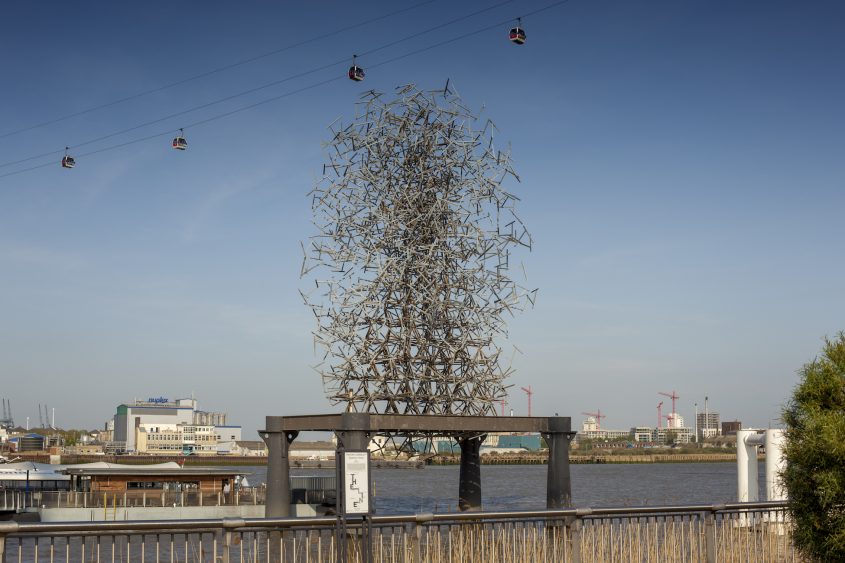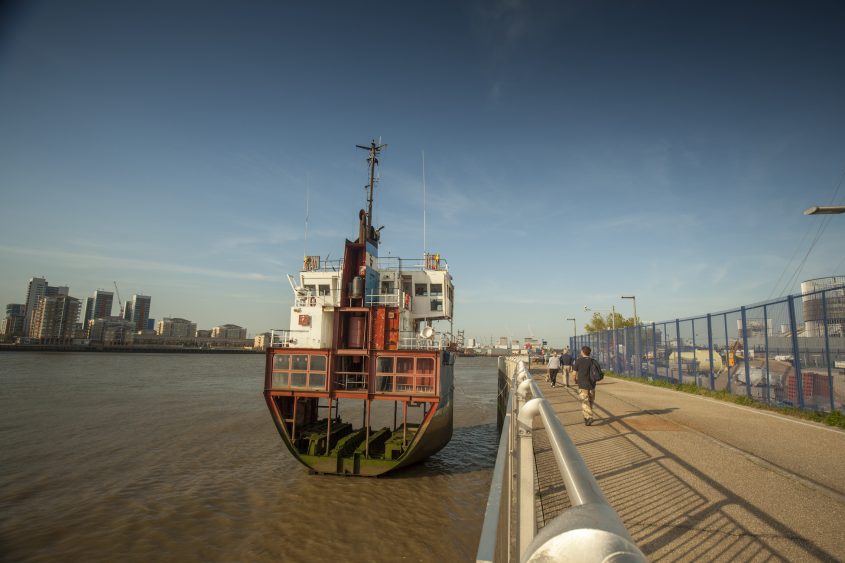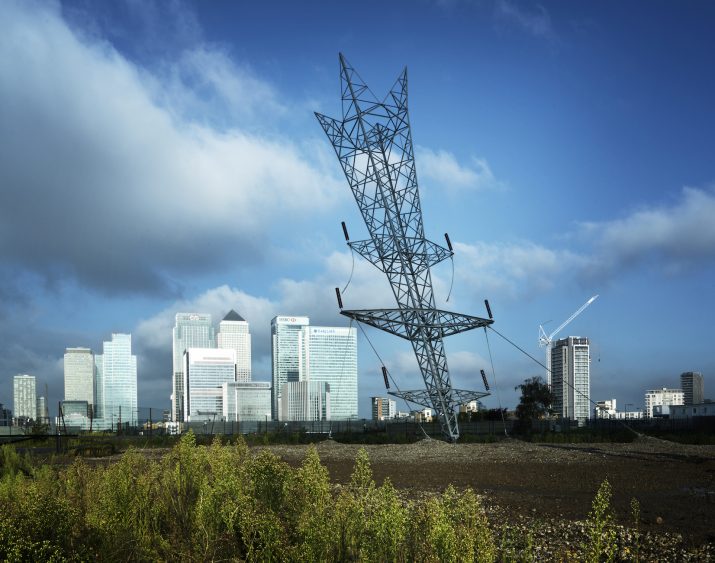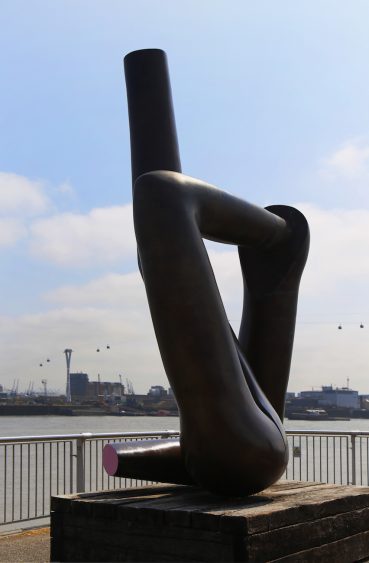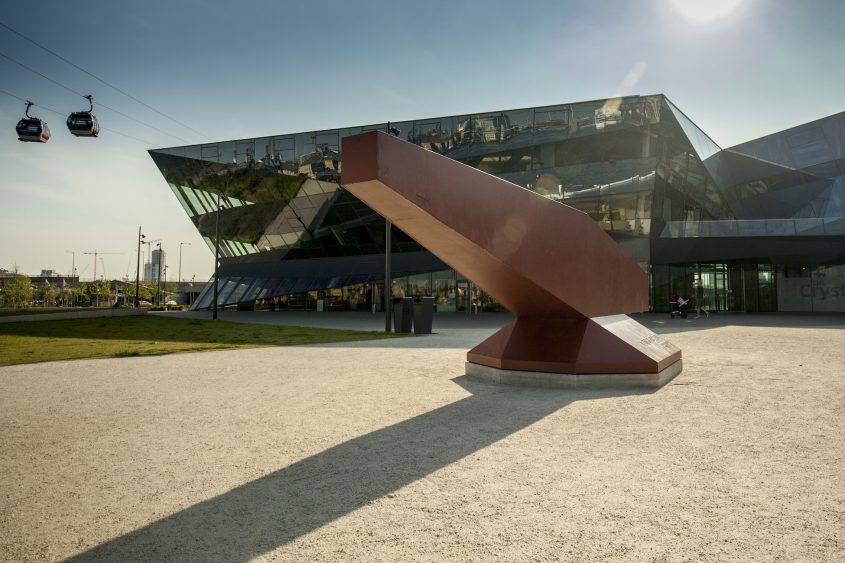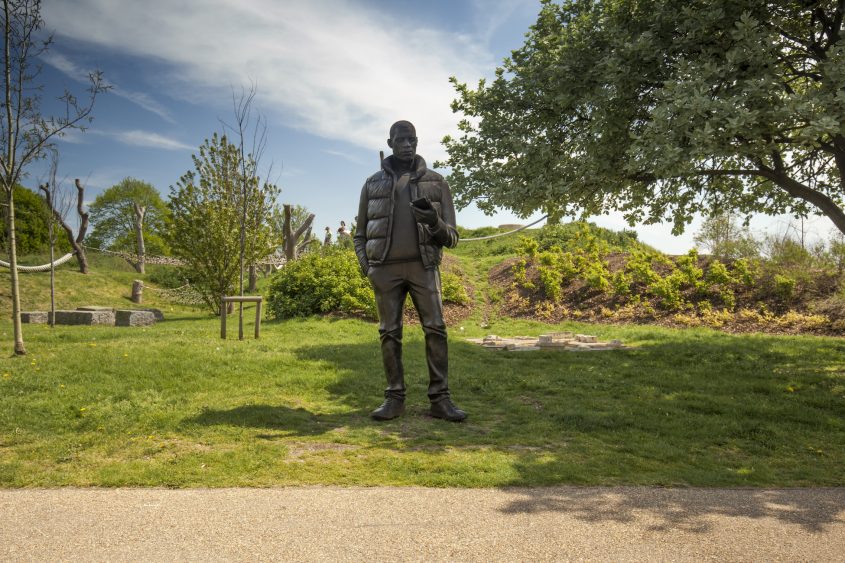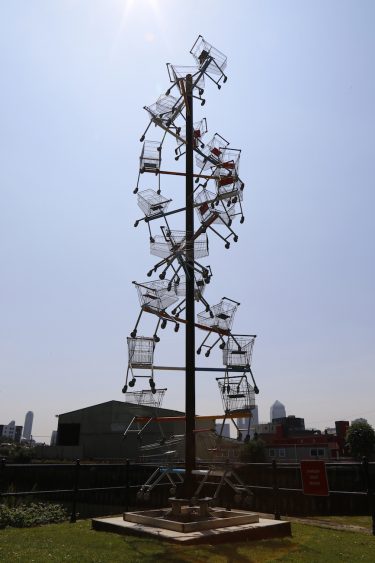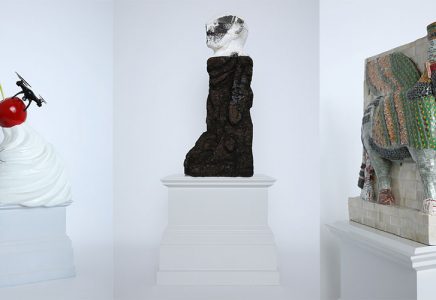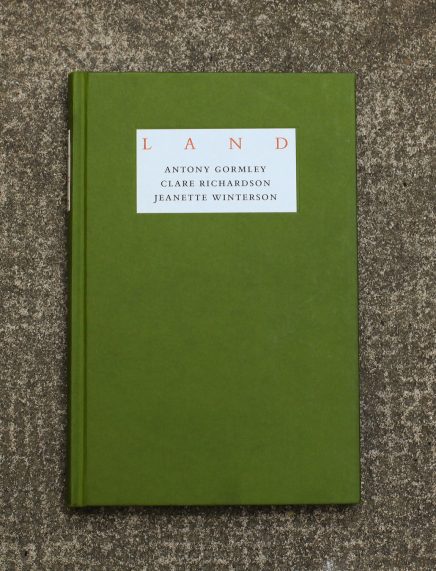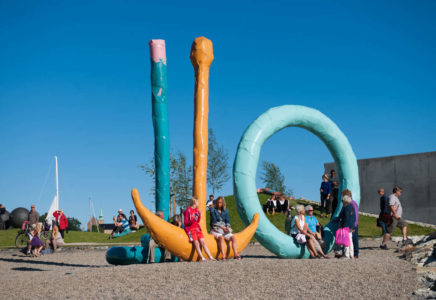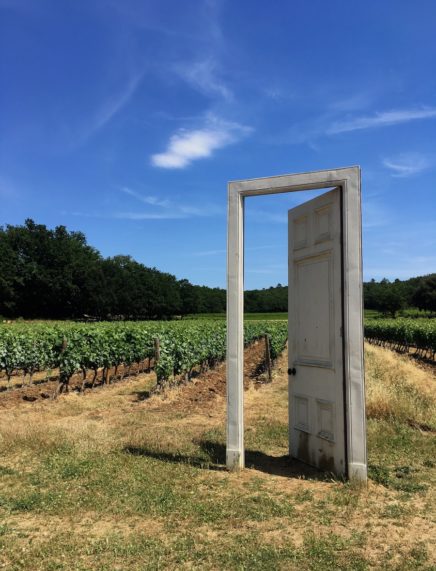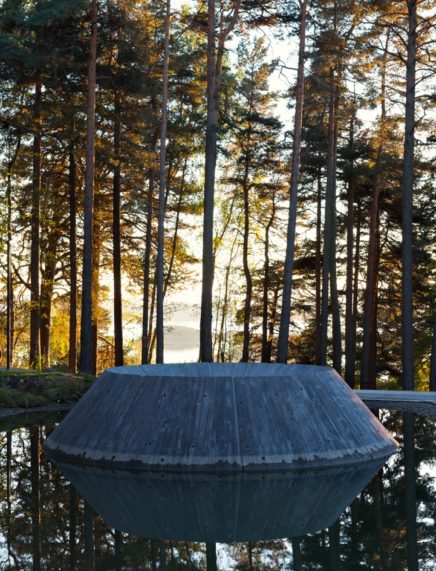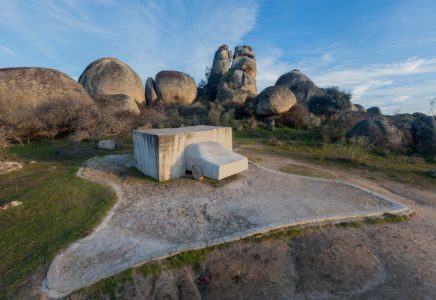The Line : London’s first art walk
The Line is London’s first dedicated art walk, launched in May 2015. It was conceived as an outdoor exhibition space to encourage locals and visitors to London to engage with modern and contemporary art, whilst also discovering this lesser-known part of the city, its wildlife and heritage. The Line broadly follows the ‘line’ of the Greenwich Meridian, running from North Greenwich to Stratford, between The Greenwich Peninsula (The O2) and the Queen Elizabeth Olympic Park.
Along The Line, visitors encounter monumental sculptures, some installed permanently and others on temporary display. Starting in North Greenwich, there are a variety of works by Alex Chinneck, Thomson & Craighead, Richard Wilson, Gary Hume and Antony Gormley.
A Bullet from a Shooting Star by British artist, Alex Chinneck is a monumental work produced in collaboration with Greenwich Peninsula and the London Design Festival. This sculpture resembles an upturned electricity pylon, an homage to Greenwich’s industrial history as home to the largest oil and gas works in Europe. This latticed steel structure towers at 35 metres high, composed of 466 pieces of steel welded together.
Nearby is Here, a work by Jon Thomson and Alison Craighead. This work is a simple signpost, fabricated to UK road standards. It simply reads, ‘Here 24,589’, which marks the distance around the earth and back. Sited near the Greenwich meridian line, a prime meridian line which has 0 degree longitude, this work is a reminder of both time and distance and the history of Greenwich at the heart of this meridian line.
A Slice of Reality by Richard Wilson is a 1/8th section of what was originally the Arco Trent, an ocean-going sand dredger. Wilson describes the work as a ‘sound bite’, communicating Greenwich’s rich maritime history, whilst referencing the manner in which the line of the Meridian slices through the Greenwich Peninsula. Wilson is renowned for his architectural interventions that draw heavily on the worlds of engineering and construction. Sitting on the foreshore of the Thames, this work exposes the ship’s habitable sections and engine room to the tide and the weather.
Further along The Line, sitting atop a plinth composed of railway sleepers is Gary Hume’s Liberty Grip. This work takes the arms of mannequins as its starting point, enlarging these mass-produced objects to create a fragmented bundle of limbs. Produced in bronze with the intention of evoking conventional monumental sculpture, Hume adds a playful touch through the candy-coloured pink section ends.
The final piece on the Greenwich Peninsula, near the Millennium Dome, is Antony Gormley’s Quantum Cloud commissioned in 1999 to celebrate the millennium. It is the largest work produced by the artist to date at a towering 30 metres. Using tetrahedral steel sections, Gormley’s enlarged silhouette is extended into a cloud-like structure. To make this work, Gormley was greatly influenced by the work of quantum physicist, Basil Hiley whose thoughts on pre-space as a mathematical structure existing before space-time and matter.
Crossing over the Thames to the Royal Docks, viewers are confronted by a harrowing work by American artist Sterling Ruby. Consolidator #654321 is from a series of Consolidators by Ruby made in various materials. These works recall the traditional cannon monuments that are often found at historic fortifications or battlegrounds, abstracted by Ruby into a coffin-like form. Consolidator #654321 is made of marine grade aluminium, and takes its name from the hexadecimal code for its colour.
Further north along The Line is Sensation by Damien Hirst. This large bronze sculpture is an enlargement of an anatomical model, like those found in a school science laboratory, of a 3mm section of human skin. For Hirst, painted bronzes like these sit somewhere between painting and sculpture, allowing him to create objects that are not bound to the notions of traditional sculpture.
Nearby is Abigail Fallis’s DNA DL90, a sculpture composed of 22 shopping trolleys forming the shape of a double helix. This work was originally commissioned for a supermarket chain to commemorate the 50th anniversary of American biologist James Watson and English physicist Francis Crick’s discovery of DNA’s double-helix structure, which was based on Rosalind Franklin’s X-ray diffraction images of DNA. Their findings were fundamental to the understanding of muscular dystrophy, a disease this commission intended to raise awareness about.
The next work along The Line is Thomas J Price’s Network. This figurative sculpture, like many of Price’s other works, shares a fascination with people, body language, and expression as well as an exploration of classic modes of western art and his own Jamaican heritage. This sculpture, his largest work to date, is an oversized young man, fixated on his mobile phone. A contemporary portrait which draws attention to our increasing dependence on these small, but compelling, devices.
Following the walk along The Line takes about three hours to complete, winding through East London and its waterways, providing a unique experience of modern and contemporary art in this part of the city. This project was conceived by art dealer Megan Piper and the late urban regeneration expert Clive Dutton OBE.
Map > HERE
Directions > HERE
info@the-line.org
the-line.org
